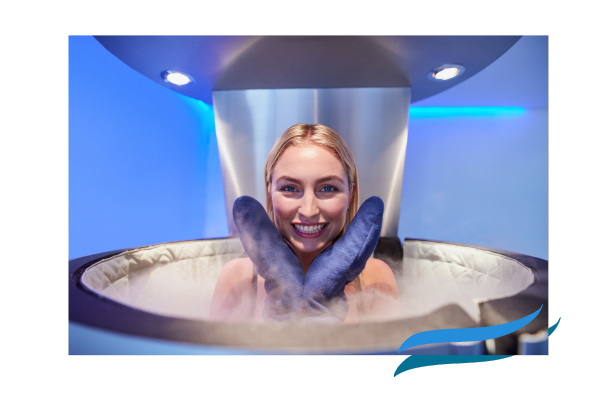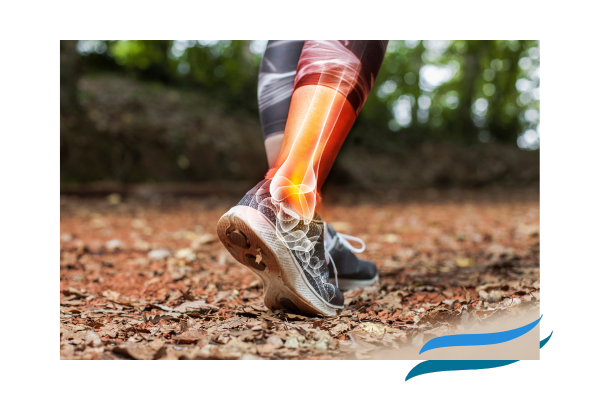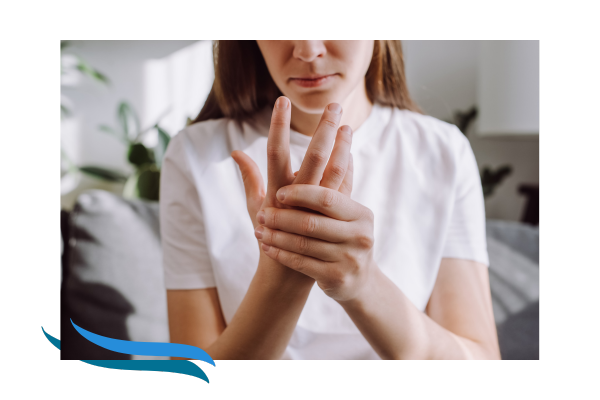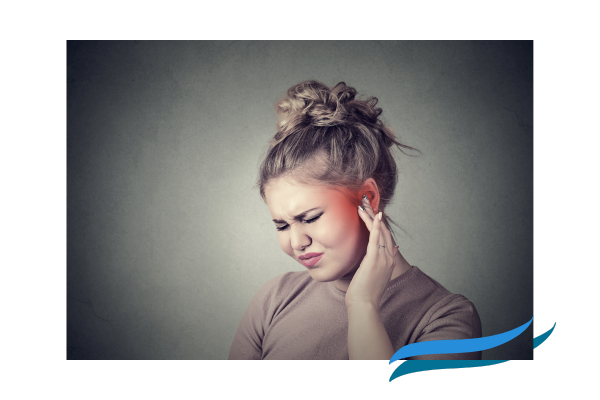Cryotherapy
Cryotherapy
Since 2011, people have undergone more than a half-million cryogenic therapy sessions around the world. Within the alternative healthcare realm, many are looking to cryotherapy to treat injuries, speed recovery, boost athletic performance, and even use cryotherapy for weight loss.

Cryotherapy Treatment Was Originally Developed in Japan in 1978 for the Treatment of Rheumatoid Arthritis

What is Cryotherapy?
We will help you understand how this amazing technique can help elevate your mood, enhance healing, and treat many types of problems in your body. Whole-body cryo treatment, also called WBC, is being used more and more to reduce inflammation, relieve pain, and promote the healing of damaged tissue. During cryotherapy, your body is exposed to extremely cold air, usually from liquid nitrogen or argon gas.

Many Report Improved Mood and Less Fatigue
Because your body reacts to all extreme changes in temperature when you reduce your core body temperature, you signal to your autonomic nervous system, which is in charge of automatic or unconscious functions. This system triggers a rise in your blood pressure, increases your heart rate, and releases norepinephrine, which is a stress hormone and neurotransmitter. When you are very cold, your body automatically reduces blood flow by constricting blood vessels. Once you exit the cryogenic chamber, your vessels return to normal and expand, and your blood now has more anti-inflammatory proteins than before your session. This is good news for injured, healing, or inflamed areas in your body.
So why would anyone want to try cryotherapy treatment?
In tests using athletes, cryotherapy was shown to provide runners with more oxygen, lowering their heart rates and their perceived exertion during exercise. There are few adverse effects reported from this type of therapy, and many do report improved mood and less fatigue, so while randomized clinical trials have not supported all claims, there is no harm in using cryo chambers.
It is worth noting that the Food and Drug Administration (FDA) does not currently regulate any use of cryotherapy treatment.

Injury recovery
The prevention and treatment of muscle pain and soreness are the most common reasons people turn to cryotherapy treatment. We are all aware that cold chamber therapy can provide pain relief after surgery or an injury.
Cryotherapy is a more intense version of this type of treatment that can be used to treat acute injuries, trauma, or even muscle strain from exercise. Because exercise is known to produce inflammation and pain, cryotherapy treatment is also sometimes used as a preventative strategy.
One of the largest reviews of the literature currently available on whole-body cryotherapy benefits found that cryotherapy helps reduce pain in 80 percent of studies, and athletes experienced improved recovery and overall performance in 71 percent of studies. This review also indicated that whole-body cryotherapy treatment has few if any, side effects for those using it for these purposes.

Improvement for Rheumatic Diseases
Conditions that cause chronic pain in muscles and joints are known as rheumatic diseases. The most well-known of these is probably rheumatoid arthritis. When subjected to cryotherapy, researchers have discovered that patients with rheumatoid arthritis experience a significant reduction in pain, improvement in their mobility, and reduced functional impairment. Results have been shown to last as long as three months after cryotherapy treatment ends. When compared to cold pack application and localized cold air treatment, whole-body cryotherapy improved patient symptoms of rheumatoid arthritis significantly more effectively than other types of cold treatment. When compared to traditional rehabilitation, the effects of whole-body cryotherapy have been shown to improve fatigue, inflammation, and pain relief to comparable degrees.
When cryotherapy treatment is an option, it can improve patient recovery as well as or better than other methods traditionally used for rehabilitation and the treatment of rheumatoid arthritis. Cryotherapy can reduce the need for pain medications, improve the mental state of patients in pain, and enhance the overall well-being of patients using this therapeutic technique.
When studied in patients with other types of rheumatic disorders, cryotherapy treatment is equally successful in reducing pain and other negative symptoms.
These benefits include enhanced joint mobility and a reduction in pain that lasts up to two months after the final cryotherapy treatment.

A Decrease in Tinnitus Symptoms
Tinnitus, which is also known as ‘ringing in the ears,’ is usually a symptom of some other medical condition, like an ear injury or loss of hearing.
When exposed to whole-body cryotherapy, patients with tinnitus have shown a decrease in the intensity of the ringing.
In addition, cryotherapy can limit, in some cases, the degree to which hearing is lost or overall hearing damage.
Cold Hard Facts on Cryotherapy
Cryotherapy was originally developed in Japan in 1978 for the treatment of rheumatoid arthritis, and the benefits have been studied and refined in Europe since that time. Cryotherapy treatment is now utilized in the United States and with wonderful results.
Most cryo chambers use liquid nitrogen, lowering the client’s skin temperature to about 30 to 50 degrees F in a period of two or three minutes. Liquid nitrogen is used to make the cold, but clients are not in direct contact with the gas. Our skin reacts to the cold, sending messages to the brain, and it stimulates regulatory functions of the body, assisting areas that might not be working to their fullest potential.
During this time, thermoreceptors in the skin send signals to the brain to send the blood to the core to maintain body temperature with a process called vasoconstriction. Toxins are flushed from peripheral tissues, and blood is enriched with oxygen, enzymes, and nutrients. The body activates all of its natural healing abilities and releases endorphins for further benefit. As the body warms up again, the enriched blood flows back through the body through a process called vasodilation.
As a result, whole-body cryotherapy is very effective for athletic recovery and muscle repair, reduction of chronic pain and inflammation, and an overall enhancement of health and wellness.
Therefore, when cryotherapy treatment is an option, it can improve patient recovery as well as or better than other methods traditionally used for rehabilitation and the treatment of rheumatoid arthritis.
Cryotherapy can reduce the need for pain medications, improve the mental state of patients in pain, and enhance the overall well-being of patients using this therapeutic technique.
When studied in patients with other types of rheumatic disorders, cryotherapy treatment is equally successful in reducing pain and other negative symptoms.
These benefits include enhanced joint mobility and a reduction in pain that lasts up to two months after the final cryotherapy treatment.

